This module looks at how humans interact with the sea using aquariums as the lens in which to see them. Here, you will find lesson presentations, worksheets and resources to support the delivery of this 9-lesson topic.
Aimed at upper KS2 (ages 9-11) and lower KS3 (ages 11-13), this module has everything you need to discover the world of the ocean.
Curriculum links
KS2
Identify the position and significance of latitude, longitude, Equator, Northern Hemisphere, Southern Hemisphere, the Tropics of Cancer and Capricorn, Arctic and Antarctic Circle, the Prime/Greenwich Meridian.
Use maps, atlases, globes and digital/computer mapping to locate countries and describe features studied.
Understand geographical similarities and differences.
Physical geography, including climate zones, biomes and vegetation belts, and the water cycle.
Human geography, including economic activity including trade links, and the distribution of natural resources including energy, food, minerals and water.
Using fieldwork to observe, measure, record and present the human and physical features in the local area using a range of methods, including sketch maps, plans and graphs, and digital technologies.
KS3
Use Geographical Information Systems (GIS) to view, analyse and interpret places and data.
Becoming aware of increasingly complex geographical systems in the world around them.
Use fieldwork in contrasting locations to collect, analyse and draw conclusions from geographical data, using multiple sources of increasingly complex information.
Understand geographical similarities, differences and links between places through the study of human and physical geography of a region within Africa, and of a region within Asia.
Understand how human and physical processes interact to influence, and change landscapes, environments and the climate; and how human activity relies on effective functioning of natural systems.
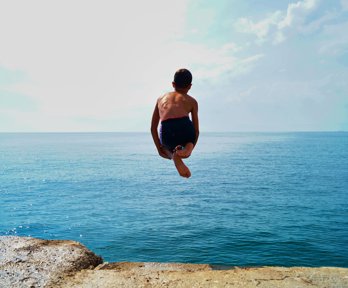
Lesson 1 - Diving into our oceans
This lesson explores what pupils already know about the ocean, identifying why they are so important, and using that knowledge to explore different places in the ocean through longitude and latitude.
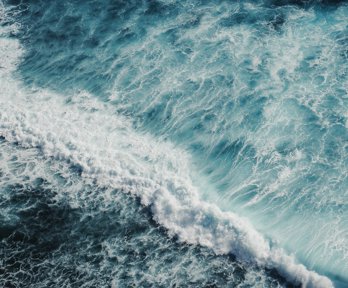
Lesson 2 - Its all part of the system
This lesson looks at the role oceans play in the water cycle, food webs and food cains. It helps pupils think about how much people rely and are connected to the oceans.
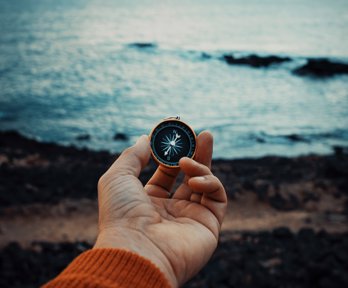
Lesson 3 - Ocean Exploration
This lesson looks at how people explore the ocean and how this has changed over time as well as how this may change in the future.
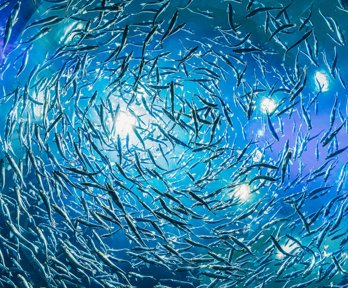
Lesson 4 - Dive into the Deep
This is an optional lesson to use fieldwork to help deepen knowledge and understanding of how aquariums can help pupils to learn more about the oceans. There is a virtual field trip as well as a physical fieldtrip option.
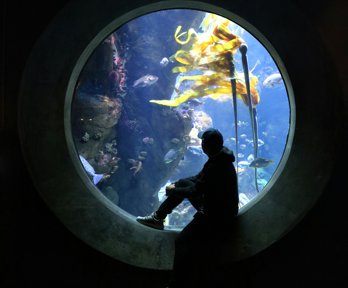
Lesson 5 - The Sea is full of Mystery
This lesson focuses on why and how oceans should be protected. This lesson provides an opportunity for pupils work collaboratively to solve a mystery style investigation.
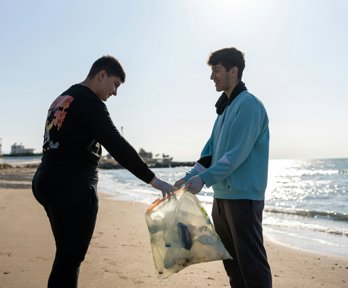
Lessons 6, 7 & 8 - Advocate for Our Oceans
This series of lessons explores the actions in which geographers can take in engaging with and protecting the oceans for a more sustainable future. There is an opportunity to develop pupils’ collaboration and presentation skills through debate.
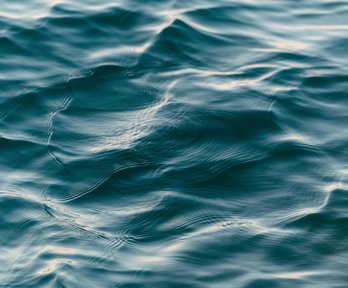
Lesson 9 - Optional Lesson - Connections to the Sea
This optional lesson looks at how humans connect to the sea and ocean through stories within certain cultures. The main activity can be used as a stand alone lesson or the final part of this lesson sequence.

I can See the Sea - poster
A poster to accompany the 'I can See the Sea' resources
File nameFiles
File type
Size
Download
These resources were created in collaboration with Dr Rachael Squire in 2024 under a project which was funded by the Economic and Social Research Council. The copyright for the resources belongs to Royal Holloway and Bedford New College. These resources can be used under the creative commons CC BY-NC licence. If you wish to use the resources for any other purpose, please get in touch with Dr Rachael Squire via rachael.squire@rhul.ac.uk to discuss the terms of a licence.

The research for this work was funded by a British Academy Small Grant, awarded to Royal Holloway and HIFMB on the place of aquariums in a time of environmental crisis. Further funding for schools engagement was granted by the Royal Holloway Impact Accelerator scheme.

This resource was awarded Highly Commended at the GA Publishers’ Awards 2025
